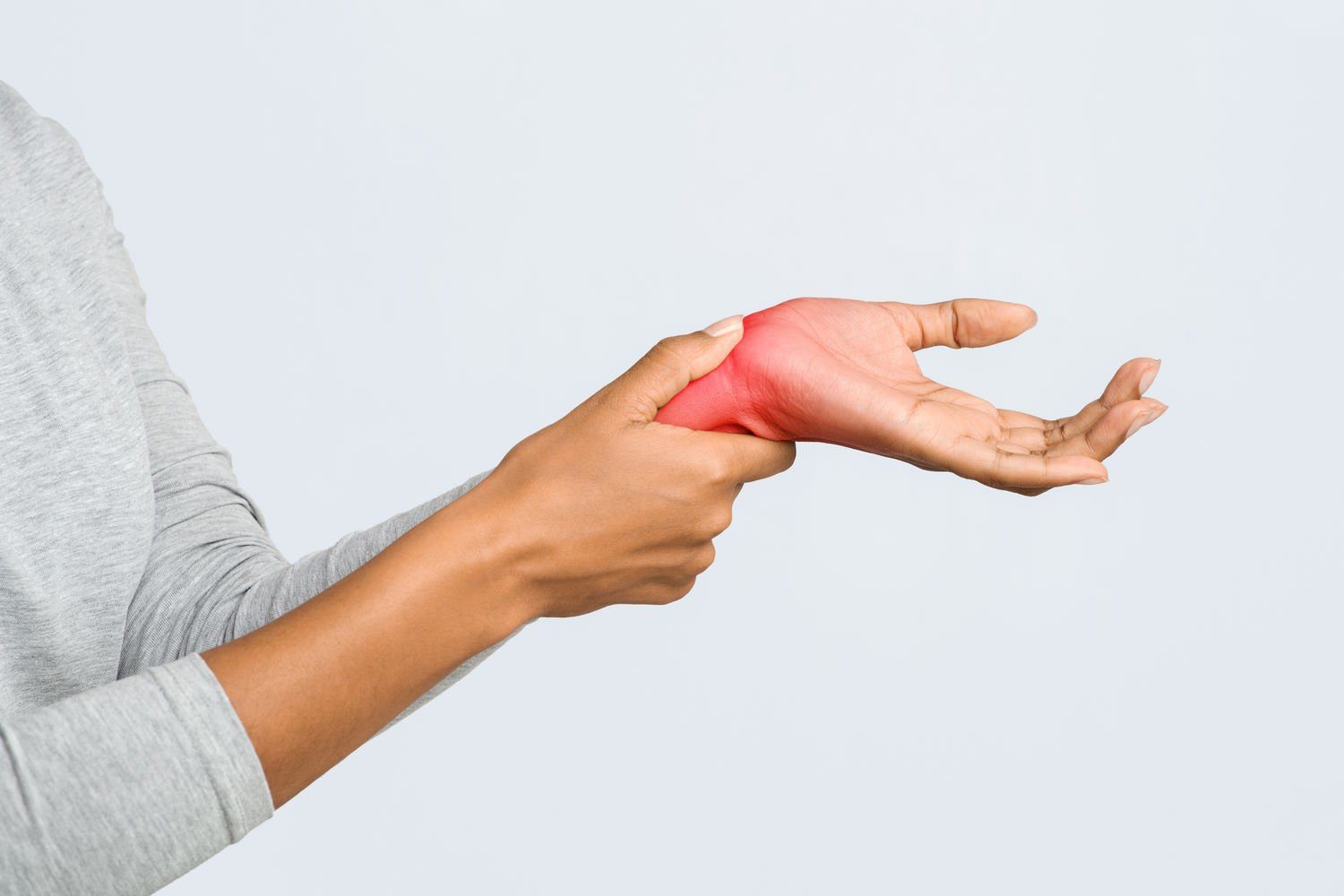Peripheral neuropathy is a complex and often misunderstood condition that affects millions of people worldwide. It involves damage to the peripheral nerves, which are responsible for transmitting information between the brain and the rest of the body. In this comprehensive article, we will explore the intricacies of peripheral neuropathy, including its causes, symptoms, diagnosis, and treatment options, providing valuable insights into this challenging neurological disorder.
What is Peripheral Neuropathy?
Peripheral neuropathy refers to a group of disorders that affect the peripheral nervous system, which includes nerves outside the brain and spinal cord. These nerves play a crucial role in transmitting sensory and motor signals to and from the central nervous system, enabling us to feel and move.
When these nerves become damaged or malfunction, it can lead to a wide range of symptoms, including pain, tingling, numbness, and muscle weakness. Peripheral neuropathy can affect various parts of the body, from the hands and feet to internal organs, and it can be either acute (short-term) or chronic (long-lasting).
Causes of Peripheral Neuropathy
Peripheral neuropathy can have numerous causes, making it a challenging condition to diagnose and manage. Some of the common underlying causes and contributing factors include:
- Diabetes: Diabetic neuropathy is one of the most common causes of peripheral neuropathy. Prolonged high blood sugar levels can damage nerves over time.
- Autoimmune Diseases: Conditions like rheumatoid arthritis and lupus can cause the immune system to attack nerves.
- Infections: Certain infections, including Lyme disease, HIV/AIDS, and hepatitis C, can lead to neuropathy.
- Medications: Some medications, such as certain chemotherapy drugs and antiretroviral medications, can have neuropathy as a side effect.
- Toxins: Exposure to toxins like heavy metals, chemicals, and alcohol can damage nerves.
- Trauma and Injury: Physical injuries, fractures, and repetitive stress on nerves can lead to neuropathy.
- Nutritional Deficiencies: Inadequate intake of essential nutrients like vitamin B12 and folate can affect nerve health.
- Genetics: Some forms of neuropathy have a hereditary component.
- Idiopathic: In some cases, the exact cause of peripheral neuropathy remains unknown, referred to as idiopathic neuropathy.
Symptoms of Peripheral Neuropathy
 The symptoms of peripheral neuropathy can vary widely depending on the type of nerve affected and the underlying cause. Common symptoms include:
The symptoms of peripheral neuropathy can vary widely depending on the type of nerve affected and the underlying cause. Common symptoms include:
- Numbness and Tingling: Many individuals with neuropathy experience sensations of numbness, tingling, or “pins and needles” in the affected areas, often starting in the extremities (hands and feet).
- Burning Pain: A common symptom is a persistent burning or shooting pain in the affected nerves, which can be particularly distressing.
- Muscle Weakness: Neuropathy can lead to muscle weakness and difficulty with tasks requiring fine motor skills.
- Sensitivity to Touch: Some people may become hypersensitive to touch, experiencing pain or discomfort even with light pressure.
- Loss of Coordination: Balance and coordination problems can occur, increasing the risk of falls.
- Loss of Reflexes: Neuropathy can lead to reduced or absent reflexes when a doctor taps specific areas with a reflex hammer.
- Autonomic Symptoms: In cases of autonomic neuropathy, symptoms may include digestive issues, changes in blood pressure, and difficulty regulating body temperature.
- Sexual Dysfunction: Neuropathy can lead to sexual dysfunction, including erectile dysfunction in men and difficulty achieving orgasm in women.
Diagnosis of Peripheral Neuropathy
Diagnosing peripheral neuropathy requires a comprehensive evaluation by a healthcare provider. The diagnostic process may include:
- Medical History: A detailed medical history to identify potential underlying causes and contributing factors.
- Physical Examination: A physical examination to assess reflexes, muscle strength, and sensory function.
- Neurological Tests: Neurological tests, such as nerve conduction studies and electromyography (EMG), to assess nerve function and detect abnormalities.
- Blood Tests: Blood tests to check for conditions like diabetes, vitamin deficiencies, and autoimmune diseases.
- Imaging: Imaging studies, such as MRI or CT scans, to rule out structural issues like herniated discs or tumors.
- Nerve Biopsy: In some cases, a nerve biopsy may be recommended to examine nerve tissue for signs of damage.
Treatment Options for Peripheral Neuropathy
Treatment for peripheral neuropathy depends on the underlying cause, the severity of symptoms, and the specific nerves affected. While complete reversal of nerve damage may not always be possible, various treatment options can help manage symptoms and improve overall quality of life. Treatment approaches include:
- Addressing Underlying Causes: If a specific cause, such as diabetes or infection, is identified, managing that condition is a primary focus of treatment.
- Medications: Certain medications may be prescribed to alleviate pain and manage symptoms. These include over-the-counter pain relievers, prescription medications (e.g., anticonvulsants, antidepressants, or pain relievers like opioids in some cases), and topical treatments.
- Physical Therapy: Physical therapy can help improve muscle strength, balance, and coordination, reducing the risk of falls and injuries.
- Occupational Therapy: Occupational therapists can provide strategies to manage daily tasks and minimize the impact of neuropathy on daily life.
- Transcutaneous Electrical Nerve Stimulation (TENS): TENS therapy involves the use of a small device that delivers low-level electrical currents to reduce pain.
- Lifestyle Modifications: Making lifestyle changes, such as managing blood sugar levels, avoiding alcohol, and quitting smoking, can help slow the progression of neuropathy.
- Alternative Therapies: Some individuals find relief through complementary therapies like acupuncture, massage, and biofeedback.
- Pain Management Clinics: Specialized pain management clinics can offer comprehensive treatment plans for individuals with severe neuropathic pain.
Peripheral neuropathy is a complex condition with a wide range of causes and symptoms, making it a challenging medical issue to address. Early diagnosis and appropriate treatment are essential for managing symptoms, preventing complications, and improving the quality of life for those affected. If you experience any symptoms of neuropathy or have risk factors, it’s crucial to seek medical evaluation and work closely with healthcare providers to develop a personalized treatment plan. With proper care and management, many individuals with peripheral neuropathy can lead fulfilling lives despite the challenges posed by this condition.



 The symptoms of peripheral neuropathy can vary widely depending on the type of nerve affected and the underlying cause. Common symptoms include:
The symptoms of peripheral neuropathy can vary widely depending on the type of nerve affected and the underlying cause. Common symptoms include: The PNS is a diverse network of nerves and structures. Some of its key components include:
The PNS is a diverse network of nerves and structures. Some of its key components include:
